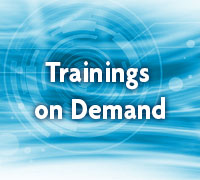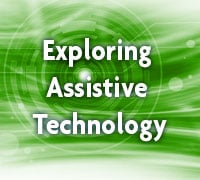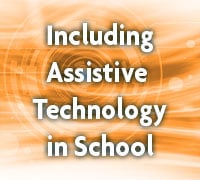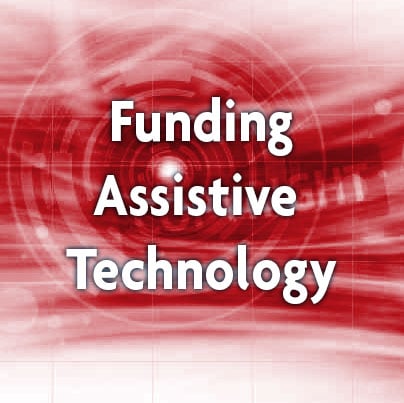Why Assistive Technology Matters
Assistive technology, whether something as simple as a pencil grip or as complicated as a communication device, has the power to change lives and opens doors of opportunity for people with disabilities. The TIKES Project helps to open these doors for parents and providers by educating them on and promoting the use of assistive technology with children and students with disabilities ages birth to 5. Assistive technology can support young children in building skills, increasing participation in activities, promoting development, enhancing learning, and boosting self-esteem.

Trainings on Demand
The TIKES Project provides hands-on training to parents and professionals on a variety of assistive technology topics. These trainings are being developed into training materials of value to both parents and professionals. Professionals can use in peer-to-peer or teacher-to-parent trainings. Parents can use any of the materials to learn more about how assistive technology can help their child. Additional materials for each set, including handouts and short videos, are also being developed to support parents’ and educators’ understanding and use of assistive technology.

Exploring Assistive Technology
Some technology can be expensive and sometimes there are a lot of technology options to sort through. Having access to and trying technology prior to buying it helps educators and parents make wise purchasing decisions and write appropriate technology into an IFSP or IEP. The TIKES project is providing guidance around establishing policies and procedures as well as inventory to partner schools. Participants in the project also receive a free membership to PACER Center’s Simon Technology Center Technology Library for the duration of the project

Including Assistive Technology in School
The consideration of assistive technology is part of the process of developing an Individual Family Service Plan (IFSP) for children ages birth to three, and developing an Individualized Education Program (IEP) for children ages 3 to 5. Sometimes a provider may lack the knowledge or awareness of assistive technology; and as a result, they may not consider assistive technology when it would be appropriate to do so. Other providers use assistive technology, but do not always document it as assistive technology. A lack of awareness about the full range and scope of assistive technology may lead to a statement in IFSPs and IEPs that there is no need for assistive technology, while in fact assistive technology is listed as a component elsewhere in the document. TIKES strives to help parents and educators understand the legal process around assistive technology, called the consideration of assistive technology, and how to properly include it and document it in the IFSP and IEP.

Funding Assistive Technology
Once you’ve gone through the process and have identified and know what assistive technology to use, it is time to acquire it. Purchasing the technology is one option, while AT reuse offers another solution. Reuse is the concept of helping to make technology accessible and affordable by giving life to technology that no longer serves its purpose for the current user. The TIKES Project provides support to its partner districts with the process of developing guidelines for how to communicate this important information about reuse to families.
Trainings on Demand
The TIKES Project provides hands-on trainings to parents and professionals on a variety of early intervention/early childhood and assistive technology topics. These trainings are being developed into training materials of value to both parents and professionals. Professionals can use the materials in peer-to-peer or teacher-to-parent trainings. Parents can use any of the materials to learn more about how assistive technology can help their child. Additional materials for each set, including handouts and short videos, are also being developed to support parents’ and educators’ understanding and use of assistive technology.









